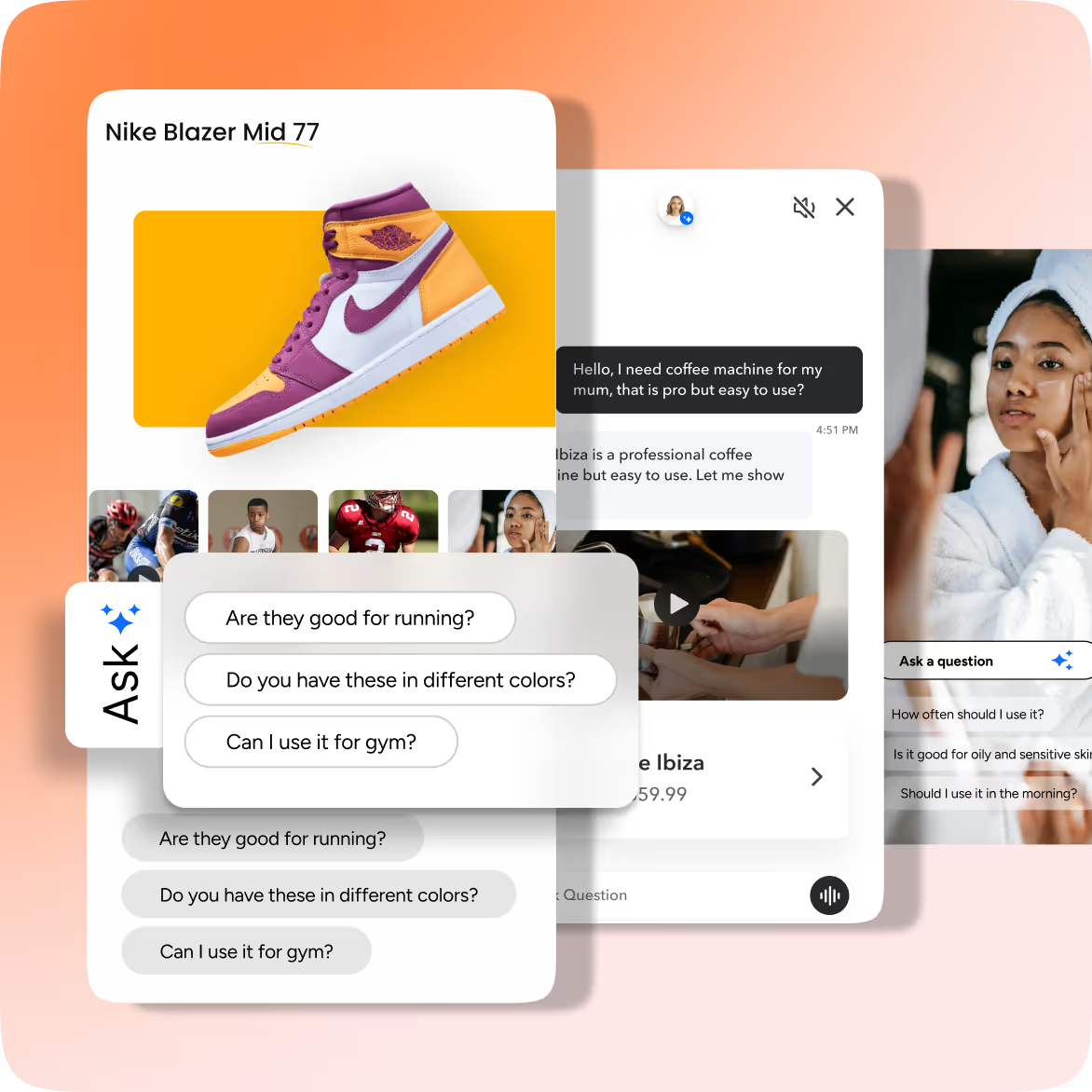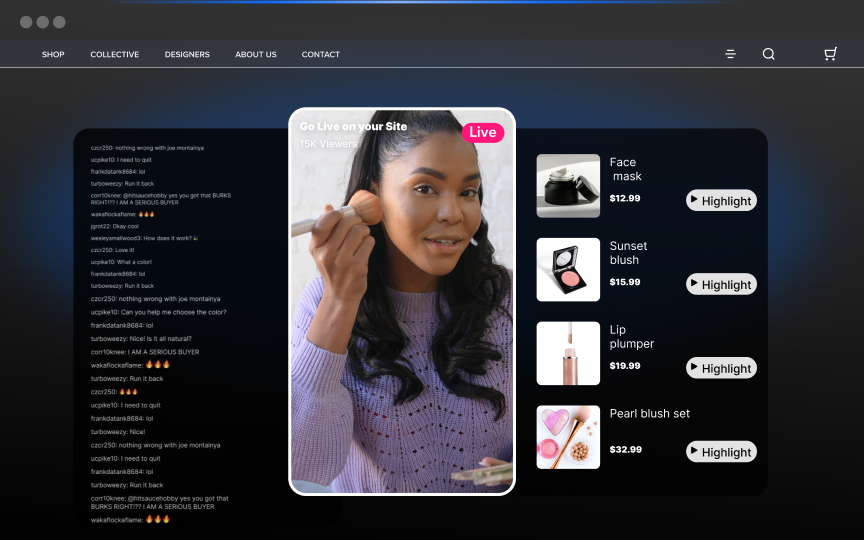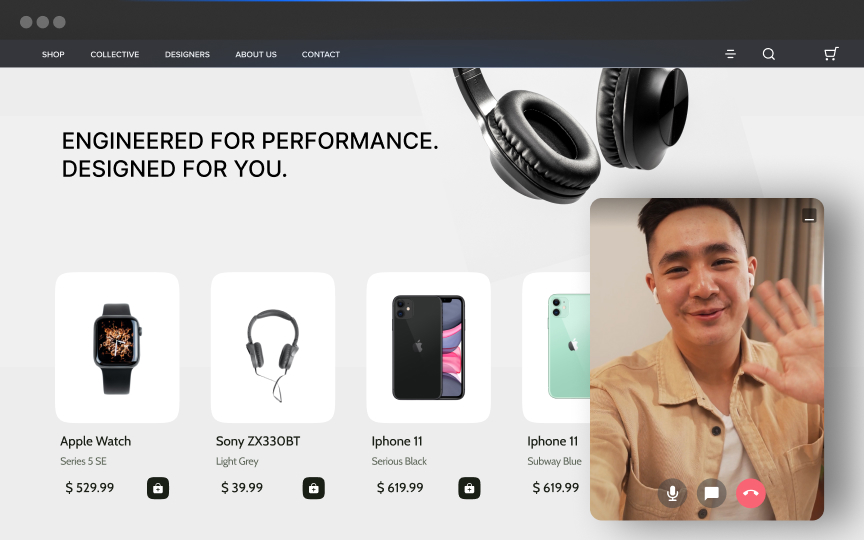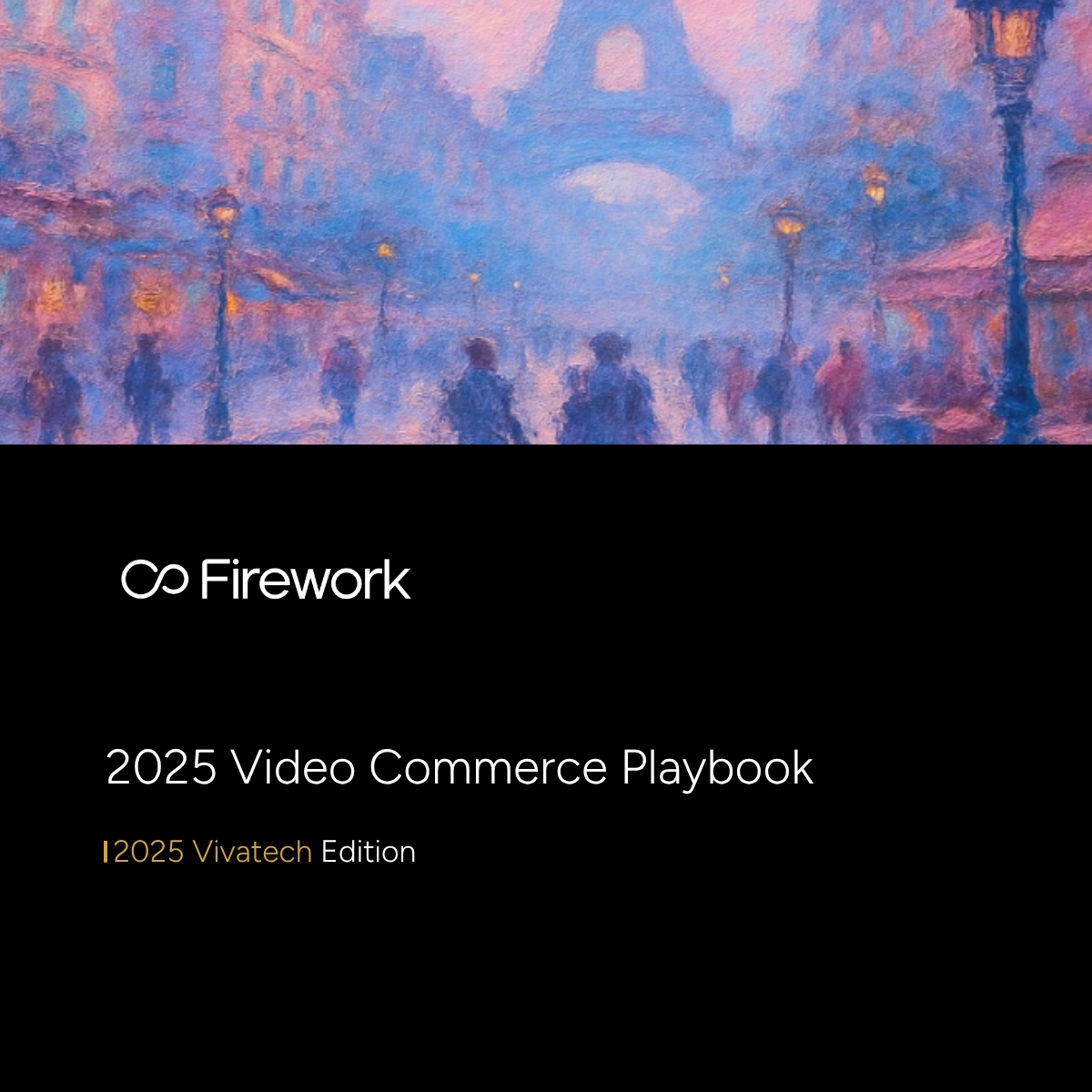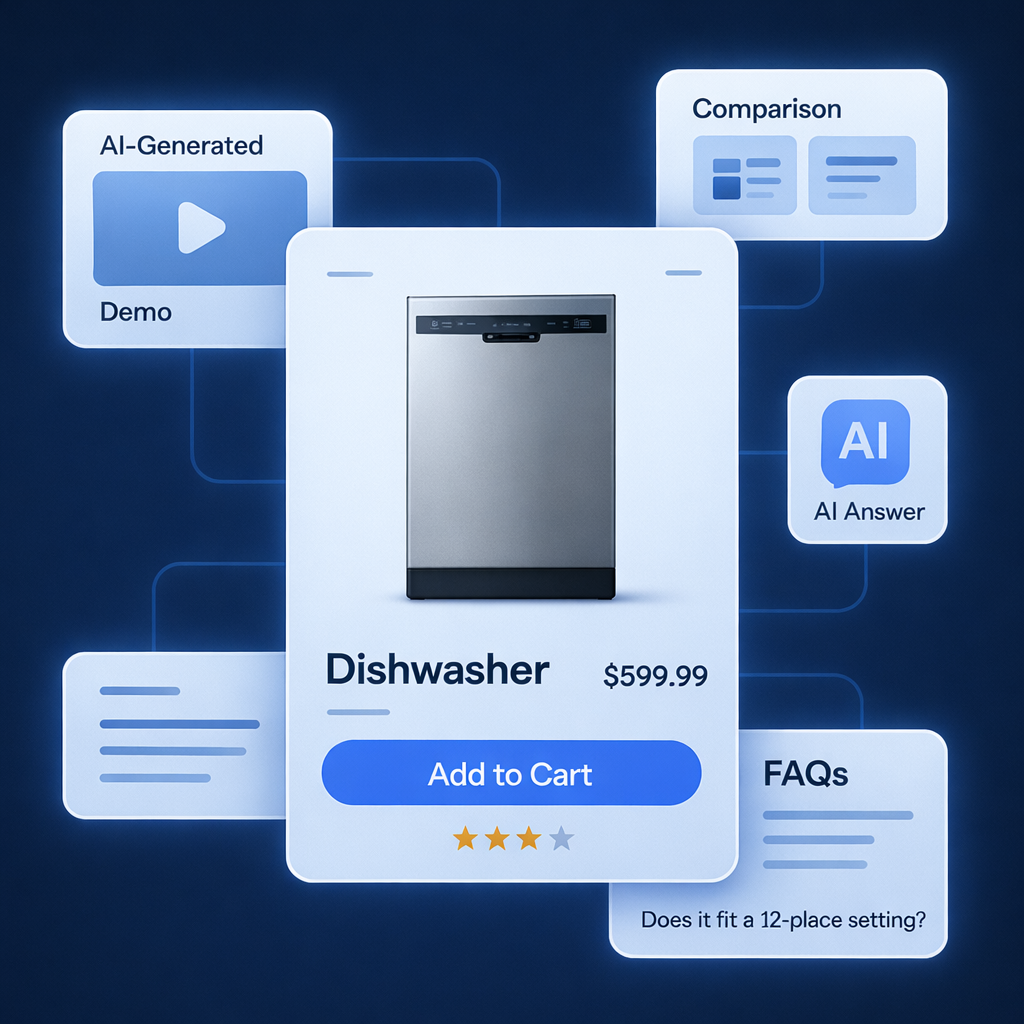You’re tracking every click, impression, and scroll, yet the question still lingers: Which of these touchpoints drives revenue? You’re not alone. Many marketers admit they struggle to measure ROI across today’s fragmented customer journeys.
A single purchase might begin with a TikTok hashtag, proceed through an influencer’s demo, continue to an Instagram Shop, and conclude with a mobile checkout. Traditional attribution models can’t keep up, leaving billions in media spend based on gut feelings rather than real performance.
When your best content gets underfunded and underperforming channels continue to win the budget, something’s broken. It’s time for a measurement strategy that maps influence across every step, values both short-term sales and long-term loyalty, and works with modern privacy standards, not against them.
Where Traditional Marketing Measurement Falls Short in 2025
Customer journeys are no longer linear; they’re fragmented, cross-platform, and increasingly private. Yet many teams still rely on outdated attribution models that miss the real signals behind conversion. If you’re optimizing based on flawed data, you’re leaving revenue on the table. Here’s where most measurement strategies fall short today, and how to course correct.
- Single-touch attribution oversimplifies: Credit often goes to one interaction (first or last), ignoring the whole journey that includes demos, influencers, and social discovery.
- Privacy regulations create blind spots: Cross-platform activity (like Instagram to mobile checkout) gets lost, forcing tools to rely on guesswork that misguides budget allocation.
- Interactive actions are often undervalued: taps, hovers, and product interactions in shoppable videos frequently register as passive views, hiding valuable intent signals.
- Livestream triggers get misattributed: Traditional tools credit the last click (e.g., email) and ignore the video events that sparked the purchase, underestimating video ROI.
- Siloed data distorts results: Brand and performance teams operate in isolation, leading to misaligned goals and unclear campaign effectiveness.
- Outdated frameworks miss the whole picture: If your measurement doesn’t follow shoppers across formats and timelines, it’s not reliable. More innovative frameworks are needed for accurate ROI tracking.
Building a Modern ROI Measurement Framework That Works
A customer journey doesn’t move in a straight line. A shopper might discover a product through an influencer’s video, explore via a quiz, and complete checkout on their phone hours later. Yet most attribution models still treat these fragmented steps as isolated events, resulting in lost insights, misallocated budgets, and underperforming campaigns. Here’s how to build a framework that matches how people shop.
1. Go Beyond Last-Click with Multi-Touch Attribution That Reflects Reality
Last-click models credit only the final interaction, missing everything that led up to it. A multi-touch approach assigns value to each touchpoint, email click, product tap, and live event attendance based on its influence. Start by testing linear, time-decay, or algorithmic models until you find one that mirrors your buyer journey.
For larger brands, add Marketing Mix Modeling (MMM) to reveal macro-level drivers. It’s especially effective when your annual marketing spend exceeds $2 million and you're ready for broader, top-down insights.
2. Measure What Matters with Engagement Scoring
Clicks don’t tell the whole story. Interactive video sessions reveal far more, such as watch time, product hovers, taps, and add-to-cart behavior. These signals predict buying intent and help identify high-value customers before they make a purchase. Use this data to inform your content strategy and forecast long-term impacts, such as Customer Lifetime Value (CLV).
3. Unify Cross-Channel Data into a Single Customer View
Data locked in different tools means you’re only seeing part of the picture. Combine identifiers across web, email, social, and video platforms into a single profile using CDPs or API connectors. For example, Firework pipes real-time interaction data straight into your analytics stack, giving you a complete view of your customer, not fragmented touchpoints.
4. Create Real-Time Feedback Loops to Optimize While Campaigns Run
Interactive formats let you respond mid-campaign. If viewers drop off early, swap in a tighter intro. If add-to-cart spikes mid-video, surface urgency with limited inventory tags. Set rule-based triggers that adjust creative and layout in real time based on engagement patterns, not after performance dips.
5. Embrace Privacy-Compliant Measurement for the Cookieless Era
Future-ready measurement balances precision with privacy. Use modeled conversions, consented first-party data, and incrementality testing. Ensure your attribution window accurately reflects actual decision timelines, and, where possible, validate results through MMM or clean-room solutions.
6. Apply Advanced Analytics to Video and Social Commerce Campaigns
Basic view counts won’t suffice anymore, especially with vertical videos and social commerce gaining prominence. Instead, track:
- Conversion rates per video scene
- Add-to-cart behavior tied to interactive hotspots
- Watch time by product type
- View-through conversions from day-old sessions
- ROAS from shoppable overlays and links
- CLV of users who engaged with video vs. static content
Platforms like Firework offer engagement-depth scoring, so you’ll know which moments drive actual action. For example, rewatches and pauses often indicate buying interest, even if the sale happens later.
Common Marketing ROI Measurement Mistakes
Even the most data-driven teams can fall into ROI traps that distort strategy and waste budget. Below are the most common mistakes and how top-performing brands sidestep them with smarter, more complete approaches.
- Mistaking vanity metrics for real outcomes: Likes, impressions, and views may look good in a report, but they rarely reflect actual revenue impact. Leading teams focus instead on metrics tied directly to sales, retention, and customer value.
- Relying solely on last-click attribution: This outdated model overlooks the entire customer journey, particularly in video-first environments, undervaluing the early touchpoints that influence long-term purchasing decisions.
- Letting platform analytics mislead the picture: Native reporting often doesn’t show what happens after a shopper leaves Instagram, YouTube, or TikTok, resulting in inflated success metrics that don’t hold up across channels.
- Tracking inconsistently across devices and touchpoints: Without unified tracking and aligned attribution windows, conversions are lost, and performance insights remain fragmented.
- Undercounting total costs: Many teams overlook expenses such as creative production, tech tools, and staff time, leading to ROI calculations that appear better than they actually are.
- Ignoring customer lifetime value (CLV): Chasing short-term wins without considering repeat purchases or loyalty can cut growth potential and misdirect budget away from high-value, high-engagement channels.
How Industry Leaders Get It Right
Top-performing teams don’t just track data; they use it to make smarter decisions at every stage of the customer journey. Instead of relying on surface-level metrics, they take a holistic approach that values both quick conversions and long-term loyalty. Here’s how they build ROI models that guide strategy, not just justify spend:
- They use multi-touch attribution models: Every interaction is scored, not just the last click, so early influencers, such as shoppable videos, get the credit they deserve.
- They unify data across platforms: From social feeds to product pages to Firework’s 24/7 video showrooms, all engagement data feeds into a central measurement model.
- They evaluate short- and long-term returns together: Leaders factor in CLV and total cost to understand the full impact of a campaign, turning measurement into a strategy driver, not a performance illusion.
Your ROI Playbook Starts Here
Better measurement isn't just nice to have, it's essential for survival. Your attribution gaps are bleeding millions, and multi-touch analytics will convert that insight into revenue. Marketing teams making this shift are already pulling ahead.
Ready to quantify every video impression and turn engagement into growth? Book a demo today with Firework's AI-powered video commerce solution and transform your brand's digital presence!
Unlock Exclusive Insights
By submitting this form, you agree to Firework's privacy policy and consent to receive personalized marketing communications. You can unsubscribe at any time.
